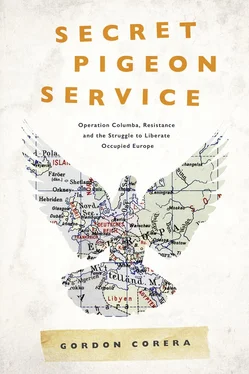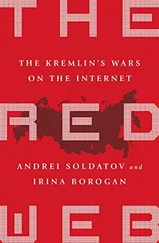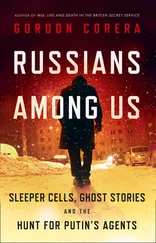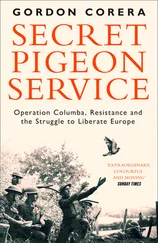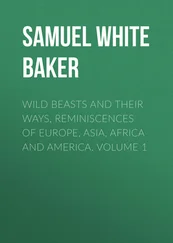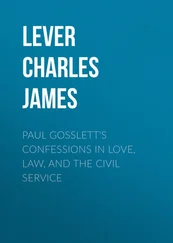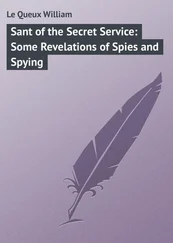Crews, as well as agents, took enormous risks – their life expectancy was lower even than that of those who flew bombing missions over Germany – and with their gallows humour they enjoyed regaling each other with stories of derring-do. They found Columba a rather amusing and odd little sideshow. ‘Pigeons were dropped in a small parachute container, their heads just visible through the top of it,’ one pilot recalled. An agent might sometimes have second thoughts about parachuting into some dark, snowy wilderness but the pigeons were given no choice. ‘I doubt if any of them survived,’ the pilot reflected.
But the bird dropped near Lichtervelde did make it. The primary mission of that flight to drop agents might have failed, but the pilots would not have known that the train of events set in motion by the pigeon they had pushed out would end up with intelligence landing on Churchill’s desk. The parachute deployed and the pigeon fell gently into the dark field, ready to be discovered by a farmer the next morning.
This was Columba – the Secret Pigeon Service.
The driving force behind the use of pigeons in the Second World War were two men with experience of the previous war. One was a leading member of the ‘fancy’ – the community of pigeon fanciers in the country – whose ambition would drive deep fissures within the pigeon world. The other was a washed-up spy looking for one more chance to make a difference.
The name of Osman is to pigeon racing the equivalent of the Kennedys in American politics – a family dynasty stretching back for decades. The founder of that dynasty was Lieutenant Colonel Alfred Henry Osman. Stout, with a proud moustache, Osman had abandoned a career as a lawyer to found the publication the Racing Pigeon in 1898. In the First World War, he brought his personal passion to bear as the leading light in all matters pigeon. A hundred thousand pigeons were bred for use in the war. First deployed on trawlers commandeered to carry out minesweeping in the North Sea, one brought news of a Zeppelin heading towards Britain. Another was released by a skipper who lay mortally wounded on deck after a U-boat attack, allowing his crew to be rescued.
Pigeon use quickly expanded across all the services. The Army used them for communicating short distances from the front line, especially when cables had been cut or visual signalling was impossible owing to smoke, or when a runner carrying a message might be shot. ‘If it became necessary immediately to discard every line and method of communications used on the front, except one, and it were left to me to select that one method, I should unhesitatingly choose the pigeons,’ wrote Major General Fowler, Chief of Signals and Communications of the British Army, after the war. ‘When the battle rages and everything gives way to barrage and machine gun fire, to say nothing of gas attacks and bombings, it is to the pigeon that we go for succour.’
Belgium had the best pigeon service but had destroyed many of its birds at the start of the war to prevent them falling into German hands. The French released five thousand birds during the Battle of the Somme. The Americans took home and eventually stuffed one bird that had arrived badly wounded with a message that saved a battalion trapped behind enemy lines.
The British Army Pigeon Service was disbanded not long after the war. But as the 1930s turned darker and the threat of another war loomed, there were those from the fancy who saw themselves as voices in the wilderness, just like those calling for rearmament with tanks and aeroplanes. They urgently pressed the authorities to prepare to make use of pigeons once again. The leading advocate was Alfred Osman’s son, William. His poor eyesight meant he had been rejected from regular service in the First World War but he had worked with his father. On Alfred’s death in 1930, William inherited his father’s mantle as editor of the Racing Pigeon and leading proponent of the birds’ value in times of war. In 1937, he wrote to the Secretary of the Committee on Imperial Defence saying it was a mistake not to prepare pigeon plans. The Army said it saw little need, apart perhaps from their use for contact with isolated garrisons. The RAF thought they might need a hundred or so birds as an alternative means of communication – for instance if a plane crashed or a radio was jammed. But that could be organized when war began.
Osman kept pressing. At over six foot, he had the bearing of an old-fashioned military officer and the manner to go with it – abrupt in a way that could easily be interpreted as rude. He did not suffer fools gladly. The next year he attended a meeting of the Committee on Imperial Defence, explaining that it was a blunder not to have maintained a compulsory register of pigeon owners. His profound knowledge of pigeons was clear but there was also an element of self-interest – he proposed that an appeal for volunteers could be made through the Racing Pigeon , the newspaper he edited. It was agreed that a committee of four – including Osman – should start a National Pigeon Service, the NPS. It was to be riven by bitter infighting.
An immense voluntary effort was at the heart of Britain’s wartime pigeon operations. It is hard to appreciate just how popular a sport pigeon fancying was at the time. There were a quarter of a million people involved, with at least 70,000 lofts, mainly concentrated in working-class areas. At the outbreak of war, all pigeons had to be registered. In Plymouth, Bert Woodman went to the city police to collect his permit to keep his pigeons. A middle-aged local food factory manager, he was typical of the working men who would play their part. The regime was strict: all foreign birds and those without a ring which identified their owner were destroyed. ‘There was a terrible slaughter,’ Woodman remembered. Registration was about control, but it also offered a route for those like Bert Woodman to volunteer for the new NPS. Two thousand signed up at first, but the membership would grow to include 18,000 lofts. NPS members agreed to offer at least twenty birds a month for national service and membership was the only way a fancier could legally obtain food for his pigeons. Members were organized into local pigeon supply groups led by a pigeon supply officer – Bert Woodman would take on the role in Plymouth, where he also acted as adviser to the police. Membership offered a way to make a difference and was one of the many ways in which the Second World War became ‘the people’s war’ in which so many contributed. For one man, too old to fight but who had lost his brother in the last war, handing over his pigeons meant he could feel he was doing something for his brother’s memory. Meanwhile, a Nottinghamshire miner’s children remember always being late for school on a Tuesday, as this was the day their dad was down the pit early and they had to excitedly wait for someone to come and pick up his pigeons for some kind of secret work. Pigeon keeping had been a largely male pastime, but many women also took over a husband’s or son’s loft as their loved ones served far away.
The Air Ministry was given the overall co-ordinating role for all matters pigeon, including the supervision of the NPS. Its pigeon section was run by the influential but insecure William Dex Lea Rayner, who was manoeuvred into the job by Osman. Another veteran pigeoneer of the First World War, Rayner had gone on to run military pigeon operations in Ireland (soldiers battling against Irish Republicans would sometimes send news by pigeon that they were under attack). He then operated his own pigeon stud list in Norwich before becoming a somewhat hard-up dance band manager. Balding, with an oval face and sharp nose, he was bird-like in looks and was determined to maintain his position as pigeon supremo. He would be at the centre of ‘pigeon politics’ and some monumental feuds. This was especially the case once the Army – rather than Rayner’s own RAF – moved into the pigeon business when it saw the particular value of the birds in intelligence work. The Army, not the RAF, would be Columba’s master.
Читать дальше
